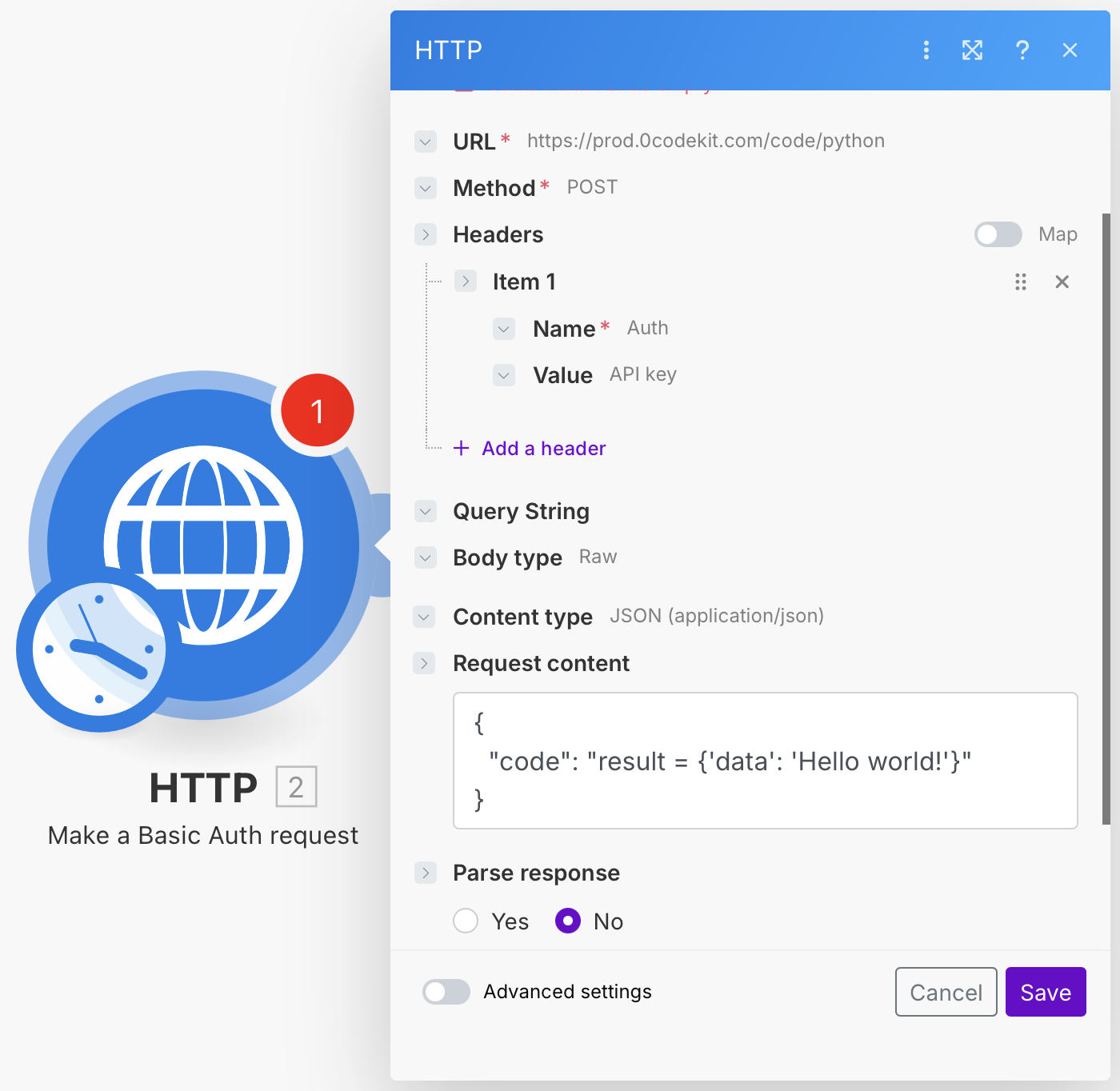0CodeKit Complete Handbook


Welcome to the Complete Handbook of 0CodeKit, your guide to knowing all about the development tools and methods. This guide focuses on the features of account management, credit usage tracking, and key features of our product. Most importantly, find out the three development methods with 0CodeKit, such as HTTP requests, as well as compatibility with well-known automation tools.
Under this section, the basic and important information includes the subscription plans, profile details, API key, number of credits, and other account information.
We also provide our members with handy usage tables and charts to make tracking credits easy. This table gives the targeted time of credit usage in your account and lists the account's activity, giving you the power to organize and plan the development projects.
On the other hand, the usage chart makes it possible for you to monitor endpoint utilization and identify interactions with third-party applications briefly. Thus, the y-axis is for the maximum occurrences of endpoints, and the x-axis is for the types of endpoints used. The bars give a clear picture of how often each endpoint happened, useful in analyzing your usage pattern.
Read more about these tools here.
Leave in the past those days of fighting with plain text boxes and poor functionality. Syntax highlighting, variable colorization, and the capability to detect errors are some features that our code editor has to offer. In addition, using AI, coding assistance is provided so that even a first-time programmer can write and create JavaScript code. To learn more about what else our code editor has in store for you, you can refer to this blog post.
Make your development environment truly yours with our adaptive colour modes. 0CodeKit now provides some options that allow users to customize their environment with the colors that they like: light, dark, or system default.

This raw approach allows developers to communicate directly with web APIs, which enriches the later stages of testing and integration. With 0CodeKit’s API Key, the request can be authorized and confirmed.
Connecting 0CodeKit to other prominent automation tools like Make, Zapier, or n8n extends the functionalities of 0CodeKit. The process is straightforward: users must create a new module in the selected platform and then build a connection with 0CodeKit. After this integration, the users get several functions offered by 0CodeKit into their hands. In a previous blog, we've a step-by-step guide about linking 0CodeKit with n8n, you can check it out here.
However, before doing anything, the user first needs to connect their 0CodeKit account with the third-party service, which in this case, is done through the API key provided by 0CodeKit. As mentioned, the third-party platforms make calls to 0CodeKit to check the authenticity of the API key input. Once the validation is complete, 0CodeKit users can access the functionality as soon as possible.
What is also important to mention is that when working with any third-party application and performing automations, the users utilize the credit based on the kind of endpoint selected. In the case of a security breach or the API key being exposed to unauthorized access, users can request a new API key. However, this means the users need to reauthorise connections on third-party platforms and configure new links with the new API key.
As with the newly published endpoints, which are not yet on the interfaces of third parties, it is possible to use an HTTP request module. It is necessary to set the HTTP module to work with 0CodeKit’s URL and API key to enable the execution of the custom endpoints. This makes it easier to have the full functionalities of 0CodeKit on any platform, even if there are no standard plugins for it.
